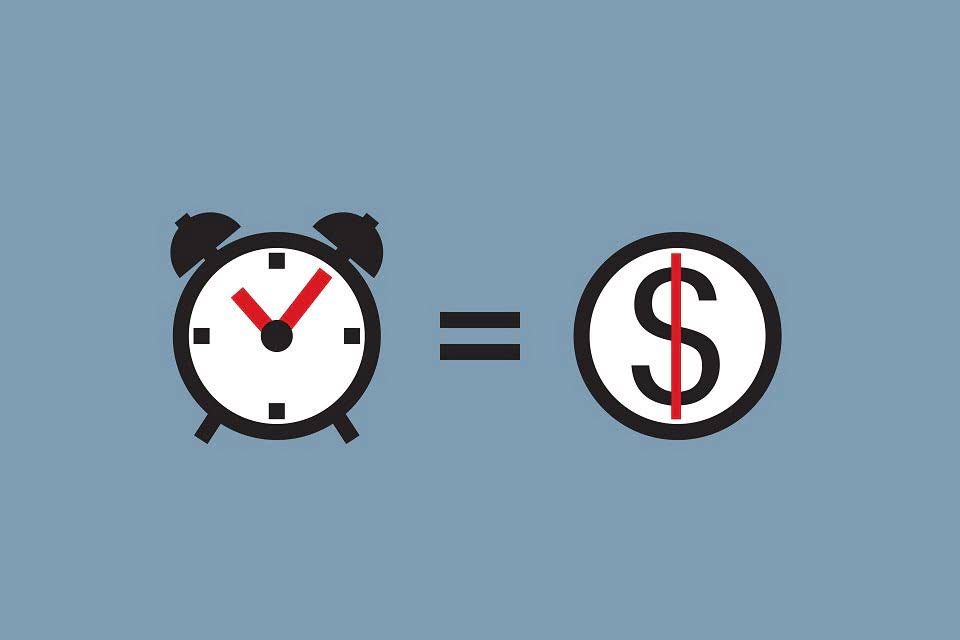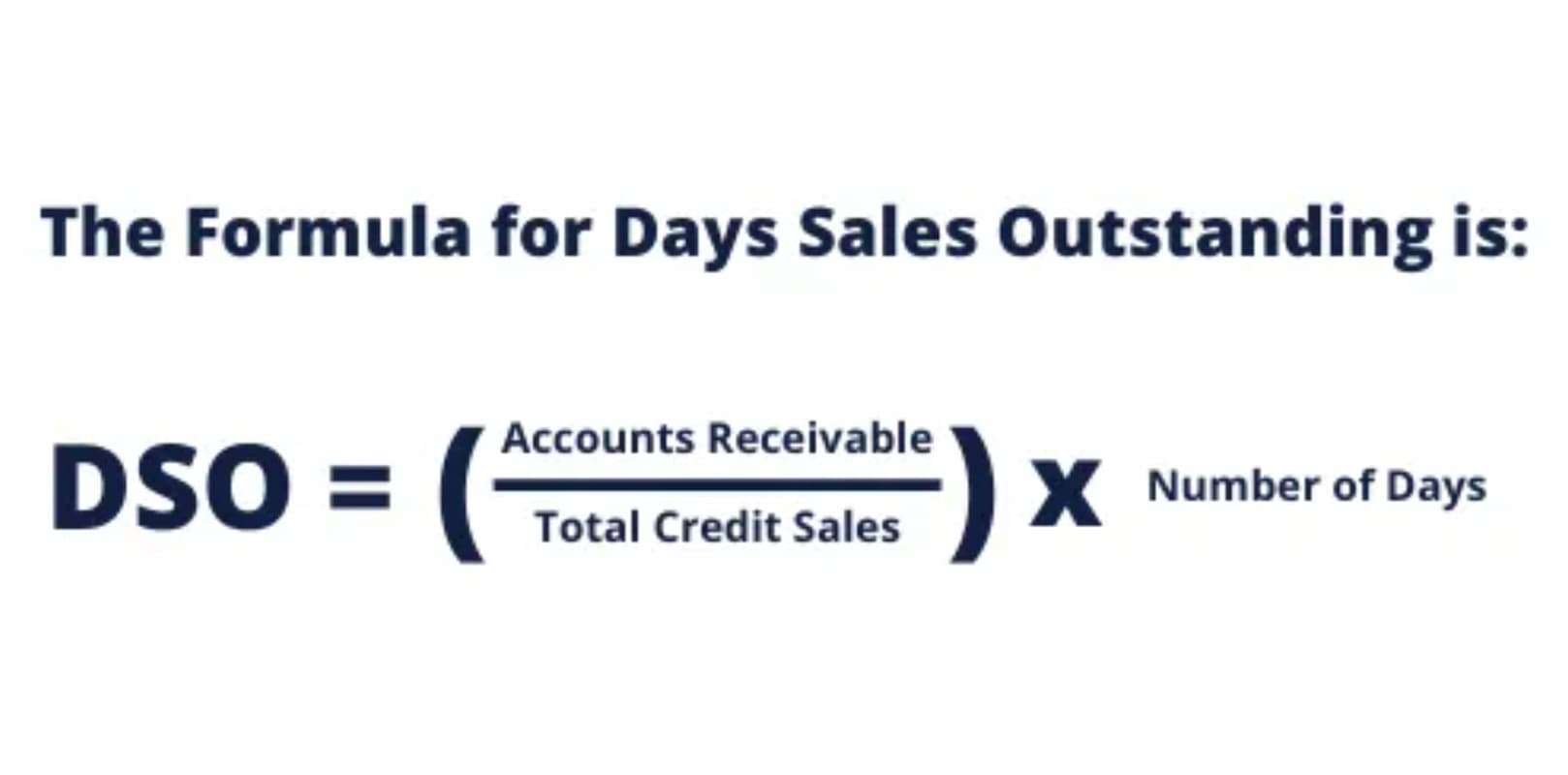
While the high-low method is an easy one to use, it also has its disadvantages. Because it relies on two extreme values from only one data set, it can distort costs. The company plans to produce 7,000 units in March 2019 on the back of buoyant market demand. Help the company accountant calculate the expected factory overhead cost in March 2019 using the high-low method. Such a cost function may be used in budgeting to estimate the total cost at any given level of activity, assuming that past performance can reasonably be projected into future.
Differentiating Fixed Cost and Variable Cost
We can easily calculate the total cost since we have the variable and fixed costs per unit. It allows businesses to identify the portion of total costs that will not fluctuate with activity changes. It helps make informed decisions about cost control, pricing strategies, and resource allocation. It is important to note that the fixed cost remains constant across all activity levels. The fixed cost remains unchanged regardless of the number of units produced or the activity level.
The demand for remote accounting jobs has increased significantly, offering work-life balance, cost savings, and diverse opportunities. Remote accountants need technical proficiency, time management, analytical and communication skills. They should highlight remote-friendly experiences, optimize resumes for remote work, and prepare for remote-specific interviews to land remote accounting jobs. This blog post looks deeper into the High-Low Method and uncovers its practical applications in cost estimation. She has been assigned the task of budgeting payroll costs for the next quarter. Our goal is to deliver the most understandable and comprehensive explanations of financial topics using simple writing complemented by helpful graphics and animation videos.
Demonstrating the Step-by-Step Application of the High-Low Method
The high-low method is used to calculate the variable and fixed costs of a product or entity with mixed costs. It considers the total dollars of the mixed costs at the highest volume of activity and the total dollars of the mixed costs at the lowest volume of activity. The total amount of fixed costs is assumed to be the same at both points of activity. The change in the total costs is thus the variable cost rate times the change in the number of units of activity. Identifying the variable cost per unit and the fixed cost component helps businesses understand how costs change with activity levels.

What does the High-Low Method tell you?
The High-Low Method allows for separating costs that remain relatively constant regardless of the activity level (fixed costs) from costs that fluctuate with changes in activity (variable costs). Fixed costs typically include rent, insurance, salaries, and depreciation, which remain stable within a specific range of activity. The high-low method used in analysis of costs that help in estimating the variable and fixed costs from a given data set of financial information. Using this formula, it is possible to estimate the costs individually but may not always provide actual estimate due to certain limitations.
11 Financial may only transact business in those states in which it is registered, or qualifies for an exemption or exclusion from registration requirements. 11 Financial’s website is limited to the dissemination of general information pertaining to its advisory services, together with access to additional investment-related information, publications, and links. In other words, it does not account for any influence of outliers which are the data that vary to a significant extent from the normal set of data.
Due to its unreliability, high low method should be carefully used, usually in cases where the data is simple and not too scattered. For complex scenarios, alternate methods should be considered such as scatter-graph method and least-squares regression method. 23,000 hours are expected to be worked in the first quarter of the next year. As with any metric, it comes with its downsides of not being entirely accurate.
- 11 Financial may only transact business in those states in which it is registered, or qualifies for an exemption or exclusion from registration requirements.
- Simply multiplying the variable cost per unit (Step 2) by the number of units expected to be produced in April gives us the total variable cost for that month.
- The high-low method is a simple technique for determining the variable cost rate and the amount of fixed costs that are part of what’s referred to as a mixed cost or semivariable cost.
- The following are the given data for the calculation of the high-low method.
The high-low method is an accounting technique that is used to separate out your fixed and variable costs within a limited set of data. The high-low method is relatively unreliable because it only takes two extreme activity levels into consideration. The high or low points used for the calculation may not be representative of the costs normally incurred at those volume levels due to outlier costs that are higher or lower than would normally be incurred. However, it’s important to consider the benefits and limitations of the High-Low Method. While it offers simplicity and quick analysis, it relies on extreme data points and may not capture complex cost patterns. When necessary, producers should evaluate alternative cost estimation techniques, such as regression analysis or activity-based costing.
Accurate cost estimation is an essential aspect of accounting that underpins successful financial management. Businesses can budget efficiently, set prices appropriately, evaluate profitability, and strategize for growth by effectively estimating costs. High Low Method provides an easy way to split fixed and variable components of combined costs using the following formula. Nevertheless, it has limitations, such as the high-low method assumes a linear relationship between cost and activity, which may be an oversimplification of cost behavior. Further, the process may be easy to understand, but the high-low method is not considered reliable because it ignores all the data except the two extreme ones.
The highest activity level represents the point where production or activity is at its peak, while the lowest activity level represents the minimum production or debits and credits normal balances permanent and temporary accounts activity level. The High-Low Method is widely used in cost estimation because it offers a straightforward and practical way to analyze costs. By isolating fixed and variable components, manufacturing businesses can make more accurate predictions about future costs, evaluate cost behavior patterns, and assess the impact of changes in activity levels.
The variable cost per unit is equal to the slope of the cost volume line (i.e. change in total cost ÷ change in number of units produced). By only requiring two data values and some algebra, cost accountants can quickly and easily determine information about cost behavior. Also, the high-low method does not use or require any complex tools or programs. By following the step-by-step process of the High-Low Method, businesses can gain valuable insights into their cost structure, predict costs at different activity levels, and optimize resource allocation. With the variable cost per unit determined in Step 2, we can work backward to find the fixed cost. It is important to remember here that it is the highest and lowest activity levels that need to be identified first rather than the highest/lowest cost.
Given the variable cost per number of guests, we can now determine our fixed costs. This technique provides a simple and straightforward way to split fixed and variable components of combined costs. Using either the high or low activity cost should yield approximately the same fixed cost value. Note that our fixed cost differs by $6.35 depending on whether we use the high or low activity cost. It is a nominal difference, and choosing either fixed cost for our cost model will suffice.
The High-Low Method provides a straightforward approach to estimating costs, separating fixed and variable components, and making informed decisions based on accurate financial data. By following the step-by-step application of the High-Low Method, we can effectively estimate costs and make informed decisions regarding production levels, pricing strategies, and resource allocation. Fixed costs can be found be deducting the total variable cost for a given activity level (i.e. 6000 or 4000) from the total cost of that activity level. The high or low points used for the calculation may not represent the costs normally incurred at those volume levels due to outlier costs that are higher or lower than would normally be incurred. The high-low method is generally not preferred, as it can yield an incorrect understanding of the data if there are changes in variable- or fixed-cost rates over time or if a tiered pricing system is employed. In most real-world cases, it should be possible to obtain more information so the variable and fixed costs can be determined directly.
Thus, the high-low method should only be used when it is not possible to obtain actual billing data. The highest activity for the bakery occurred in October, when it baked the highest number of cakes, while August had the lowest activity level, with only 70 cakes baked at a cost of $3,750. The cost amounts adjacent to these activity levels will be used in the high-low method, even though these cost amounts are not necessarily the highest and lowest costs for the year. Although easy to understand, high low best virtual bookkeeping services method may be unreliable because it ignores all the data except for the two extremes. It can be argued that activity-cost pairs (i.e. activity level and the corresponding total cost) which are not representative of the set of data should be excluded before using high-low method.
Unfortunately, the only available data is the level of activity (number of guests) in a given month and the total costs incurred in each month. Being a new hire at the company, the manager assigns you the task of anticipating the costs that would be incurred in the following month (September). Based on the calculations, we have determined that the variable cost per unit is $2 and the fixed cost is $200. These values provide valuable insights into this scenario’s cost structure and behavior. The high-low method is a simple technique for determining the variable cost rate and the amount of fixed costs that are part of what’s referred to as a mixed cost or semivariable cost.



















